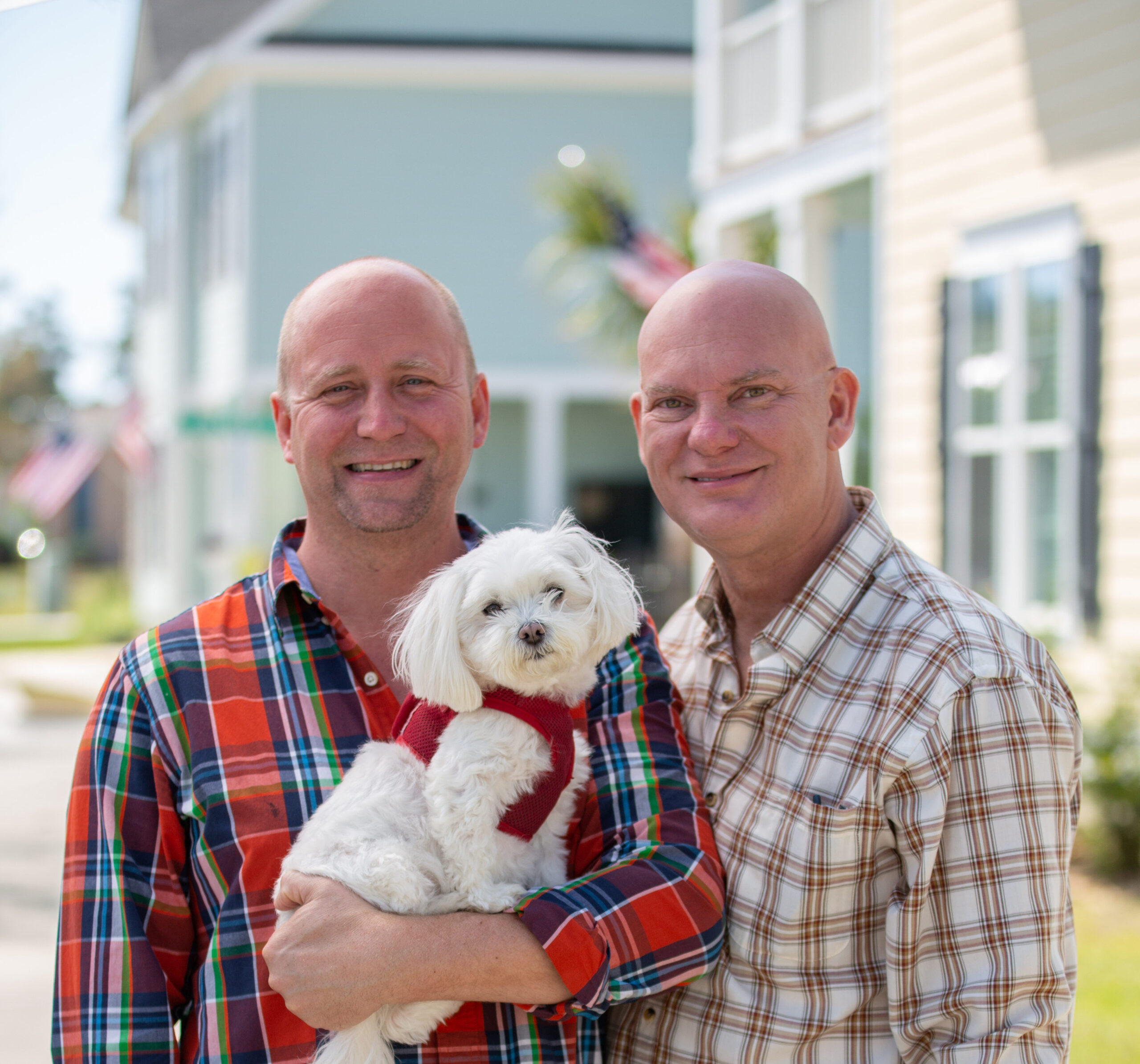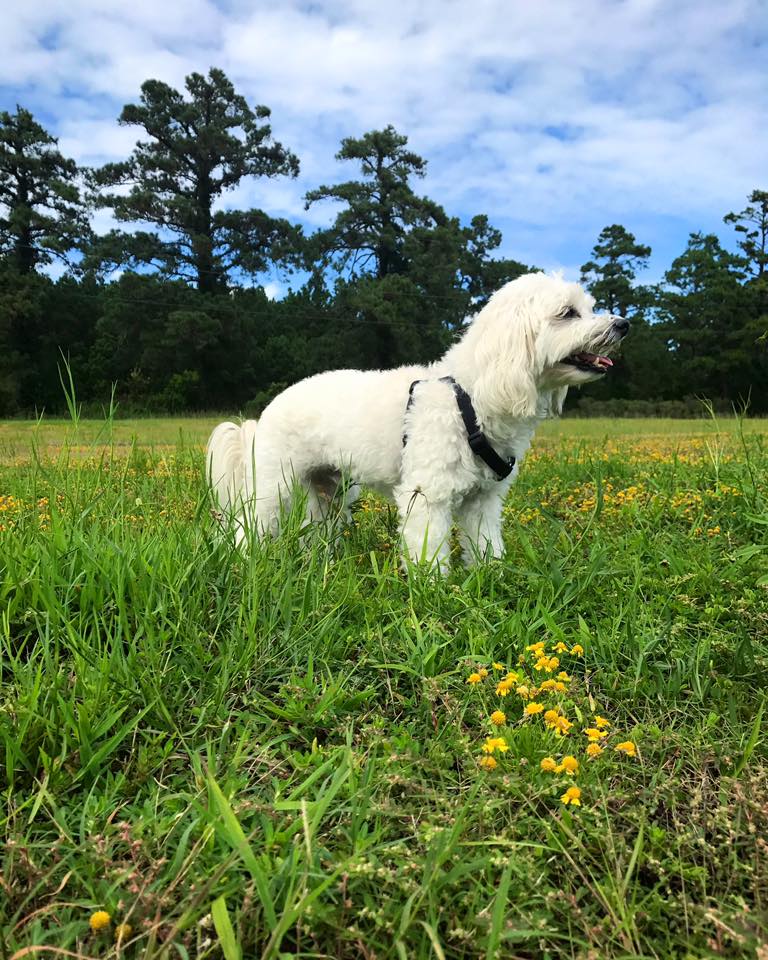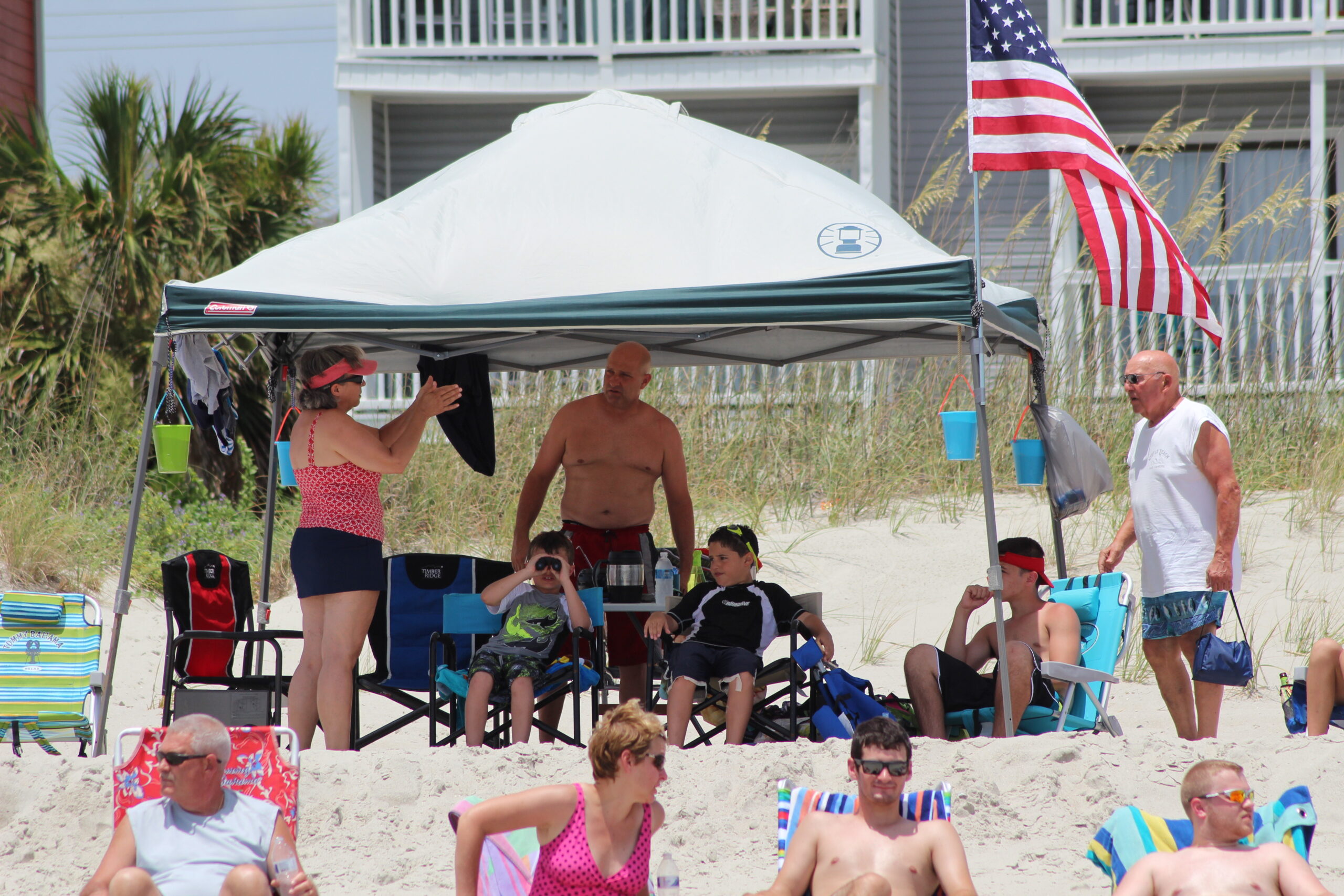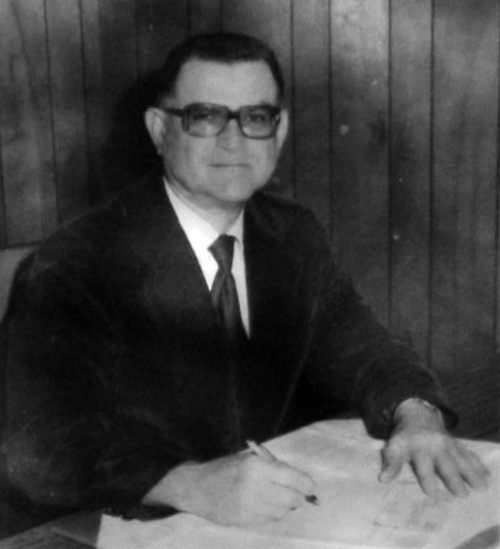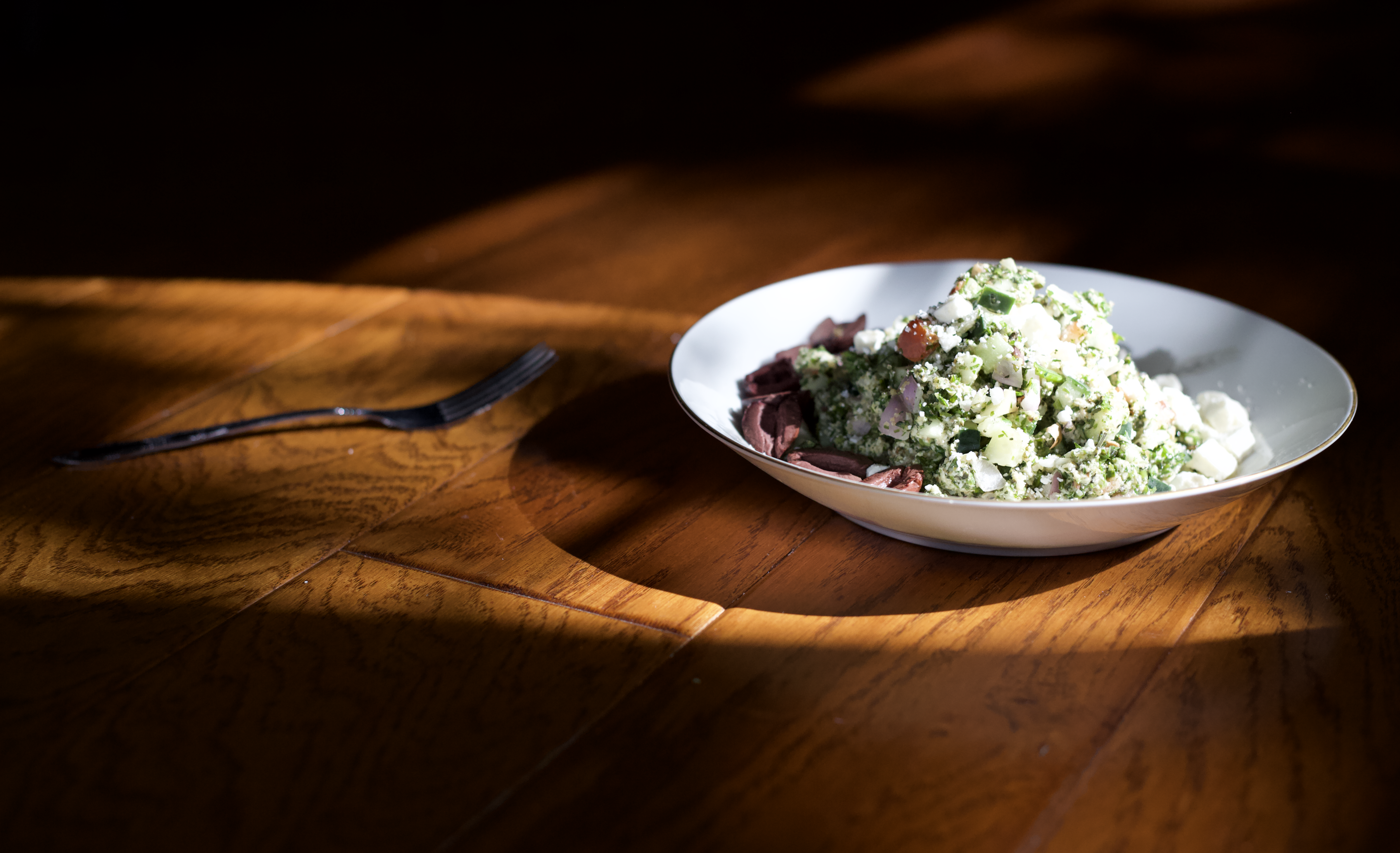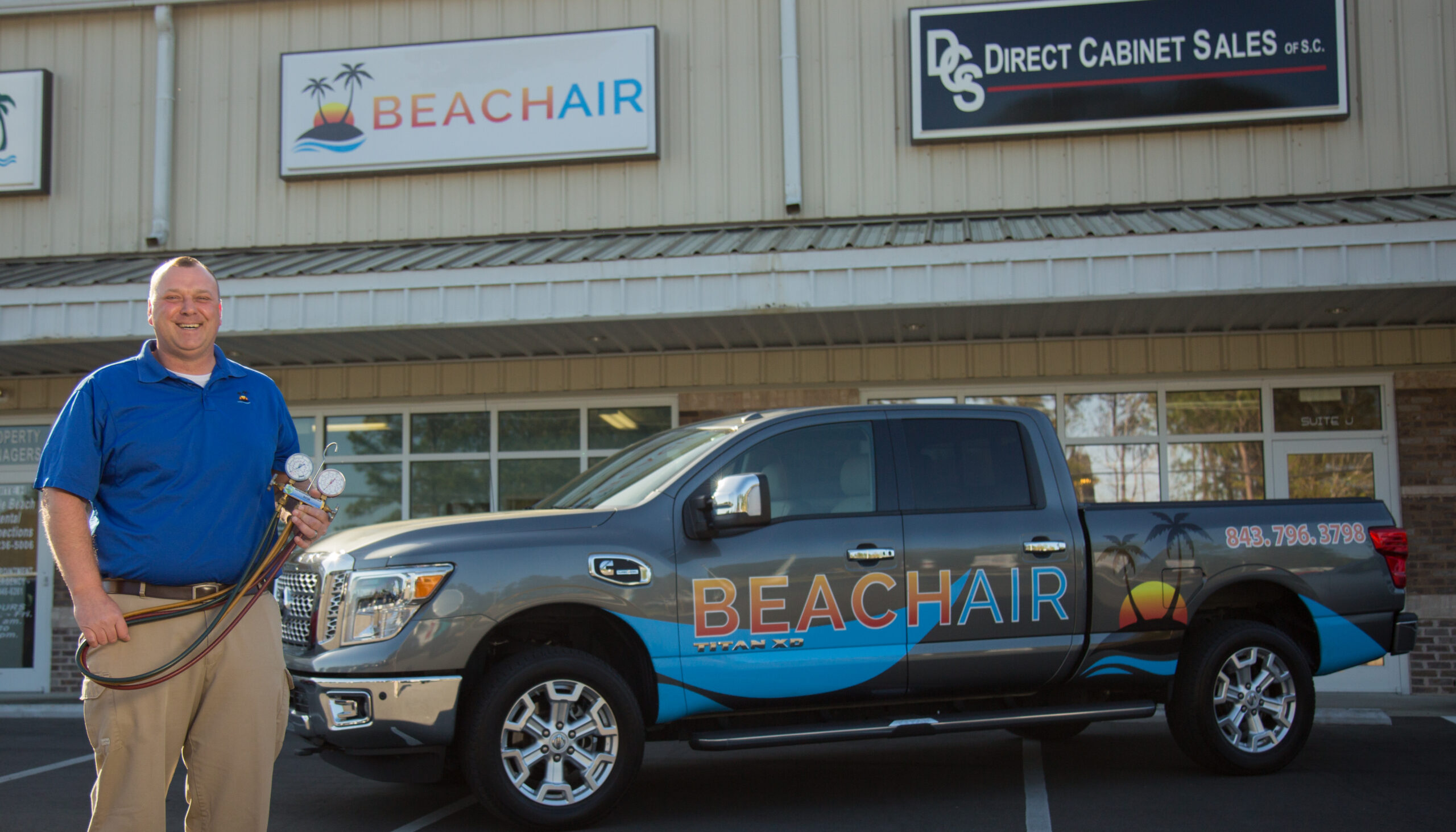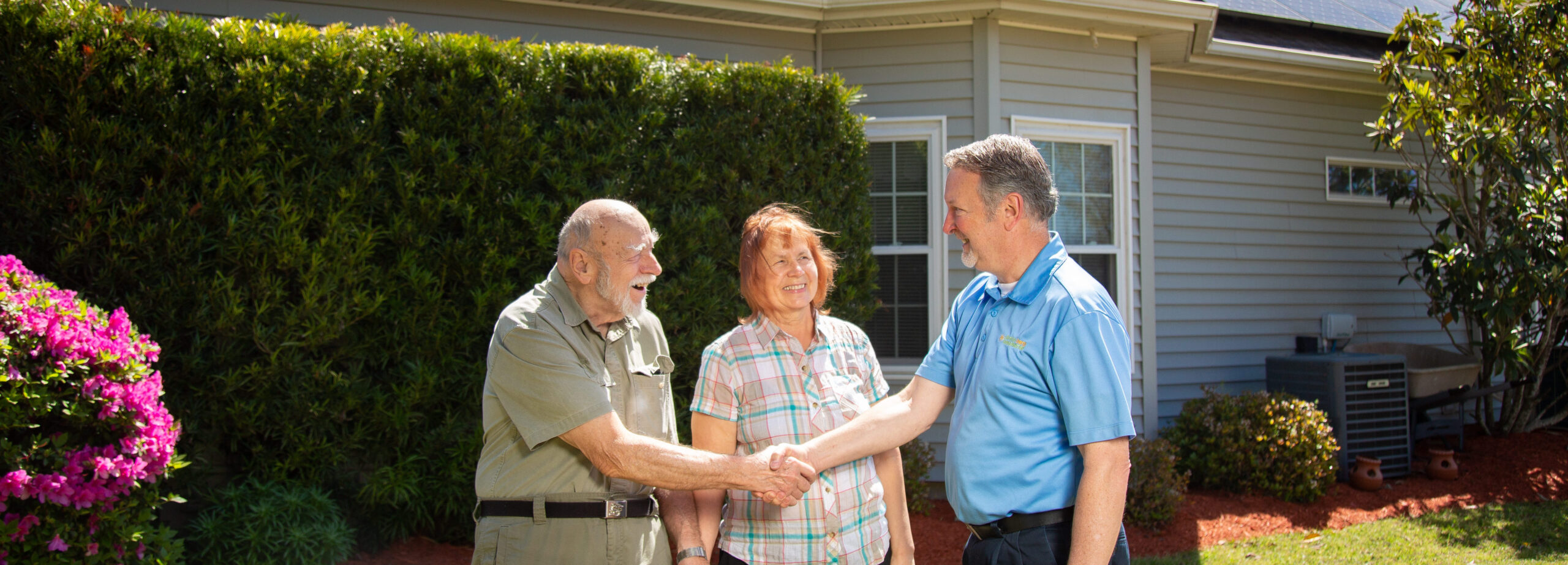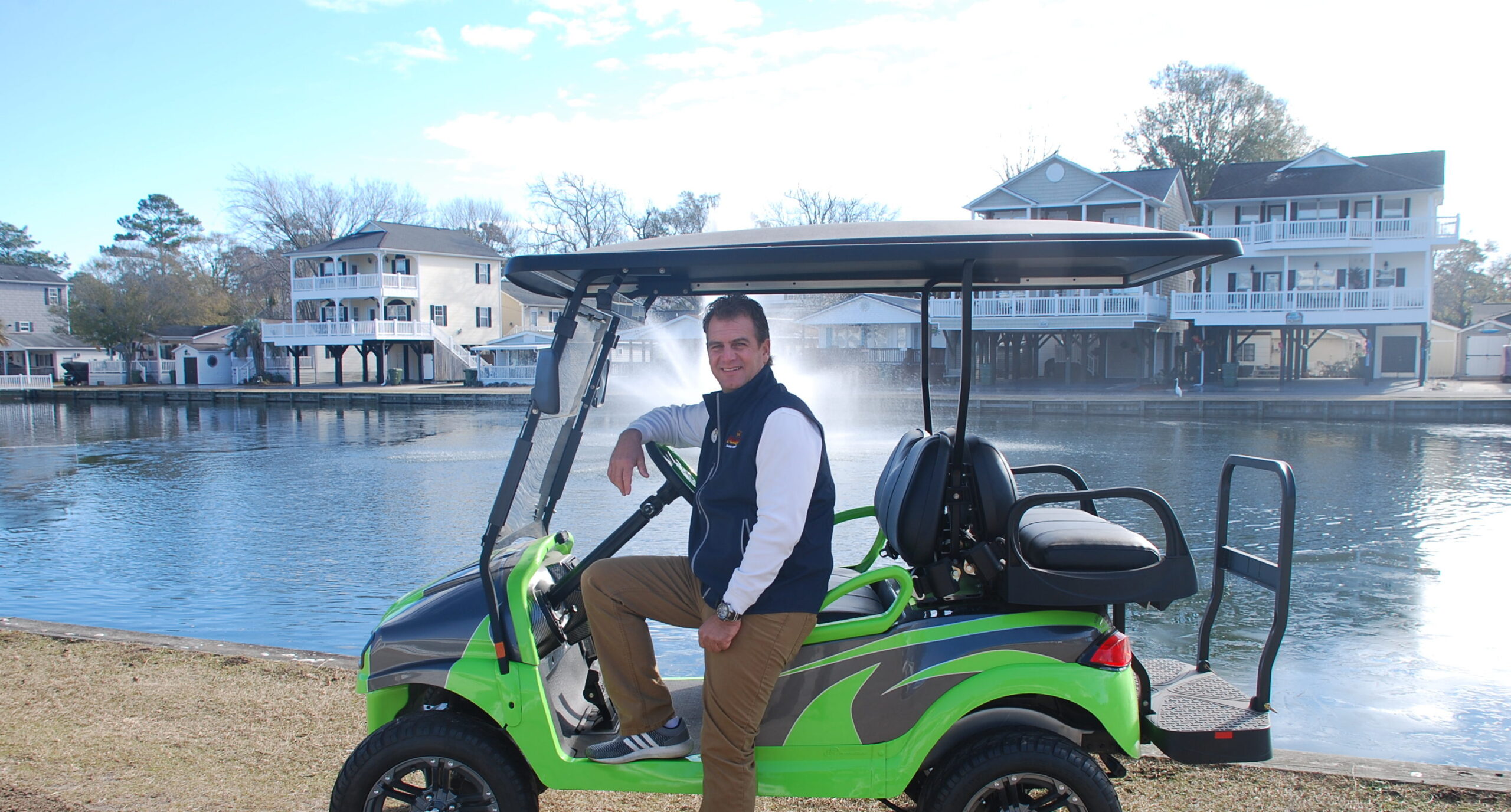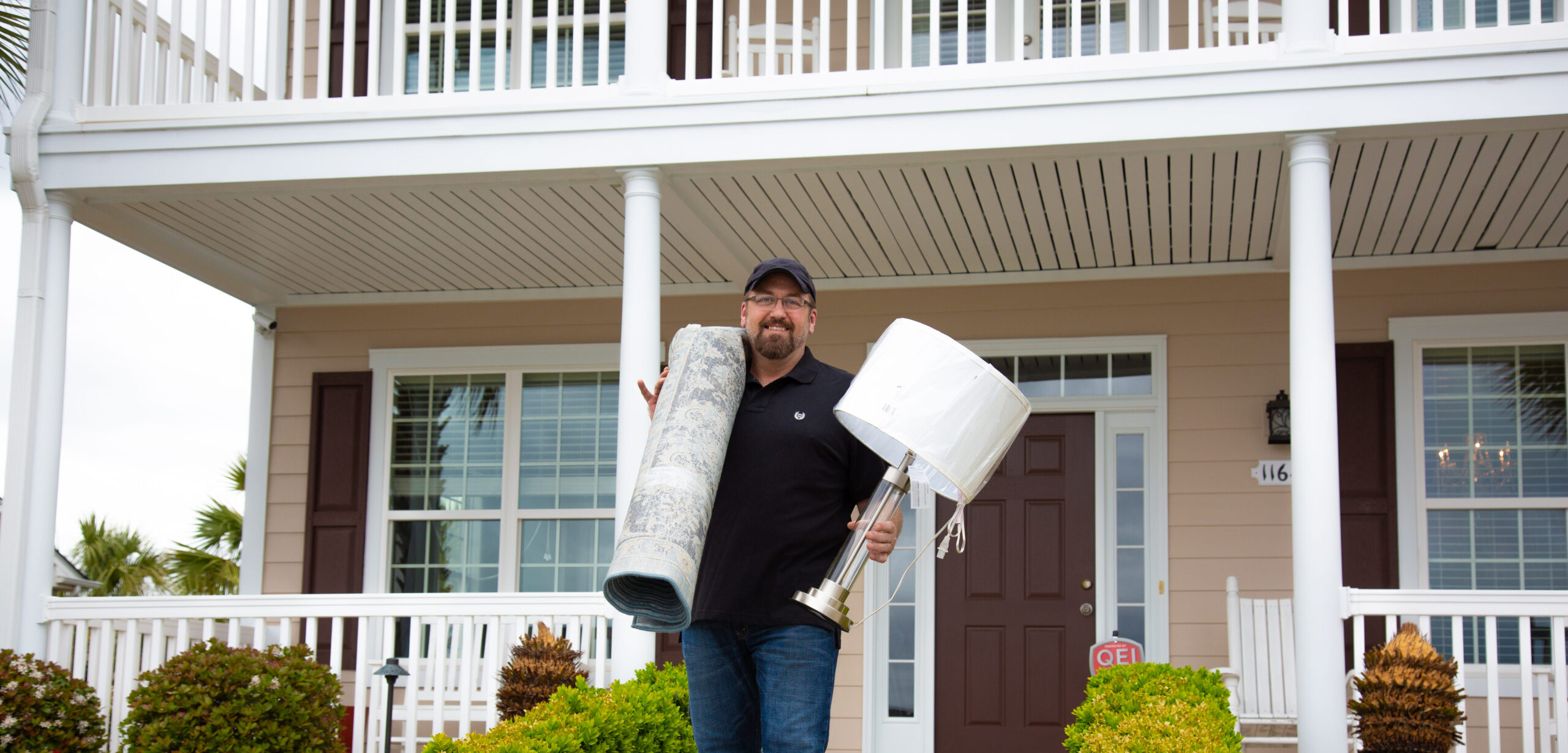Your One-Stop Shop For All Your Home Needs by Melissa LaScaleia Eric Richards was born and raised on a dairy farm in the South. “In the country and on the farm, you have to rely on yourself to get things done,” he tells the Insider in an interview. “I learned a lot from growing up in that culture and basically, by doing. I also learned a lot from my father. He was one of those men who could just figure things out.” Eric wanted to design and build furniture. But at the time there was no specialization for it in college curriculums— it was lumped into interior design and art history. So Eric enrolled in that program and learned how to design furniture and much more. “I excelled in the interior design division,” Eric says. “My teachers were blown away and I was too. It just came naturally. How I got this gift, I don’t know, but I’m grateful I have it and I don’t take it for granted.” After graduating, Eric started working for a design firm. But he wasn’t in his element in an office environment, and preferred going from place to place working personally on projects. Eventually this morphed into his own full-time business. Over the years, Eric obtained his general contracting license, became certified in green construction and green building practices, and spent six months in San Francisco studying with a feng shui master. “I was already implementing many of the feng shui practices in my designs without being able to define it,” Eric says. “Then, in the 90s when feng shui became popular, I realized what I was doing and wanted to learn from a master. My studies gave me a confident understanding of the choices I was making. Plus they allowed me to elaborate my visions, and give my clients things they didn’t even know they wanted. It’s nothing I question now, it’s just second nature in how I design a space.” We ask Eric to explain more how feng shui plays into his work. He says: “We as humans think we see with our direct eye, but we actually see more with our peripheral vision. When we’re in nature, there’s a natural flow to it— that’s why you feel soothed. This same peripheral flow that exists in nature, I try to replicate in the home. Coming from the outside to inside and seeing a drastic change will confuse the eye.” Many people are eager to know Eric’s own personal decorating style — he defines it as monochromatic eclectic. But it isn’t reflective of the majority of his clients’ tastes. “Right now most of my clients in Myrtle Beach want a beach or coastal theme,” he says. “But I’m capable of orchestrating almost any style. I’m not one of those designers where you can walk into someone’s home and know, ‘Eric did this.’ “As designers, we have to be conscious all the time that we can get stuck in patterns. But I always let the individual and space speak to me, and stay focused on what is going to work for that client and give then the comfort that they want, that they might not even know they want.” “I always let the individual and space speak to me, and stay focused on what is going to work for that client and give them the comfort that they want, that they might not even know they want.”— Eric Richards on decorating. Eric sees interior design as a building process. “The longer you’re personally in the home and around the clients, the more they all speak to you,”he says. “So the different layers will change throughout the process. Because of this, I don’t provide drafts or even sketches. There’s a psychology about working with clients and with design— you have to be able to use psychology to marry different styles together, of husbands and wives, or partners. “Most of my clients just tell me to do what I want. I think the reason is that 90% of them become my friends and family and they trust me. I have been so blessed to form these friendships. And in my designs, I absolutely love incorporating cherished pieces that they have in a way they never would have expected or dreamed of.” ERhome LLC, Eric’s company, is a one-stop shop for all your home restoration needs. Due to his extensive background in handy work, Eric’s company is capable of executing every step in the process. They cover painting, wallpapering, flooring, tile work, custom furniture, carpentry, kitchen remodeling, electrical, and plumbing work. If there’s something they don’t feel comfortable doing, they pull from their library of resources to handle those situations. “People don’t have time to wait around for multiple contractors to get things done in a home,” Eric says. “So I pride myself on being able to give an expedited face-lift, if you will. Most of my clients are completed in a week to three weeks maximum, beginning to end.” Eric is a firm believer that in today’s market, beautiful things are readily available at a low cost. He and his clients create a budget and stick to it as closely as possible. “If somebody has a budget of $200, I will give them the maximum they can get for $200,” he says. “If they have a budget of $200,000, they’ll be treated the same exact way. It’s really not about the amount of money as much as it is about what the client wants and needs. My favorite phrase for life and work is: ‘we have no problems, we only have solutions.’ I love giving more than what their expectations are.” Eric has spent more than half of his career traveling— executing projects in Maine, NY, Boston, California, New Jersey, Philadelphia, Tennessee, Arkansas, Georgia, Florida, Texas, and Virginia. He just recently completed the redesign for a Pulmonary Institute in Philadelphia. For several years, he was the head designer for Lowes Motor Speedway, a multi-billion dollar … Read more

